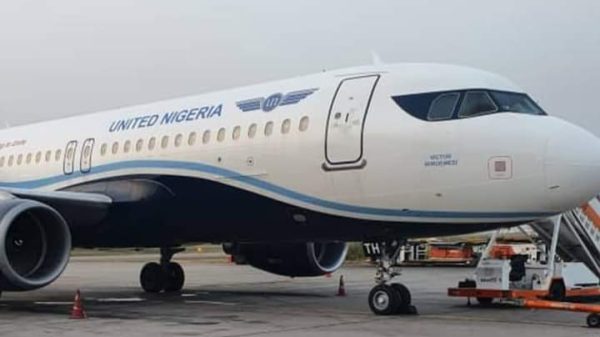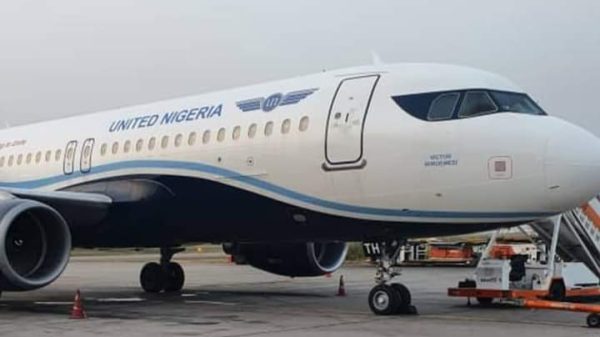After being bumped out of the continent’s top spot by Cairo during the Covid-19 era, South Africa’s OR Tambo International Airport is getting a run for its money from Ethiopian Airlines’ hub.
Less than 200,000 passengers separated South Africa’s OR Tambo (12.27 million passengers) and Addis Ababa (12.1 million) in 2024, according to OAG, the travel industry’s leading data platform. Driven by the ever-growing ambitions of its flagship carrier Ethiopian Airlines, Addis’ Bole International could overtake its South African competitor this year.
It will then be up against behemoth Cairo, which saw 18.71 million passengers in 2024. What’s more, Addis Ababa – which had not yet passed the hallowed 10 million passenger mark in 2019 – should be able to handle no less than 100 million passengers yearly by 2029, when Ethiopian Airlines’ $5bn mega-airport green-lit by the government in September finally opens its gates.
OR Tambo International Airport (ORTIA), serving the twin cities of Johannesburg and Pretoria and named after anti-apartheid activist and longtime ANC president Oliver Tambo, was the continent’s leading airport before Covid-19. It still has a long way to overcome the crisis that has hit the South African aviation industry hard.
Somehow, South African Airways (SAA) has so far managed to escape bankruptcy – to which one of its fellow carriers, Comair (Kulula) fell victim – but SAA’s downturn has been significant. The development of the private regional airline Airlink, boosted in the summer of 2014 after Qatar Airways acquired a stake, has not yet allowed ORTIA to find the nearly 15 million passengers it targeted in 2019.
ORTIA is also facing a backlash from its passengers. At the end of January, the Airlines Association of Southern Africa (AASA) shared its “concerns” about the state of South Africa’s aviation infrastructure, such as weather services, fuel supply and runway lighting – all services for which passengers believe they are paying too high a price – with unsatisfactory results.
“Some equipment, such as the passenger bridges in the terminals, which were taken out of service during the Covid restrictions, remain unavailable,” AASA noted. In theory, ORTIA has a capacity of 28 million passengers a year.
Dynamic but ultra-dependent
The state-owned Airports Company South Africa (ACSA), which manages South Africa’s nine main airports (including ORTIA), believes that the airport “has demonstrated significant growth and operational excellence”.
In a press release published on 7 February, ACSA stated that although it “acknowledged” the data published by OAG, its data, based on the fiscal year from April to March, indicated that ORTIA had seen more than 17.8 million passengers in 2023-2024.
Does this mean recovery is in sight? Despite the bad winds of recent years, ORTIA is not lacking in assets, starting with South Africa’s tourism potential (8.48 million international visitors in 2023, according to UN Tourism).
Its Ethiopian challenger, on the other hand, has struggled to extricate itself from the spiral of violent internal conflict, particularly in the Tigray region, and thus to position itself as an attractive destination.
The dependence of Addis Ababa’s airport on Ethiopian Airlines, which manages it and accounts for around 95% of its traffic, has contributed to its accelerated development. But this strength could become a weakness if the context were to change.
After the SAA storm, ORTIA can now boast enough regular passengers to maintain its passenger flow in the event that one airline fails.
South Africa’s Airlink, FlySafair and South African Airways hold the lion’s share of the market, but the international players – Emirates, Ethiopian Airlines, Kenya Airways, Qatar Airways and British Airways – are also on the scene, playing more than marginal roles.














































